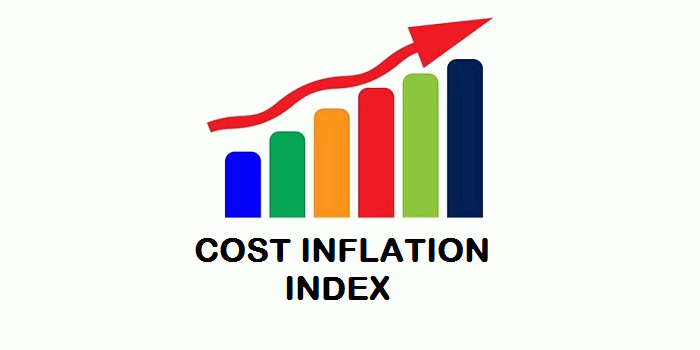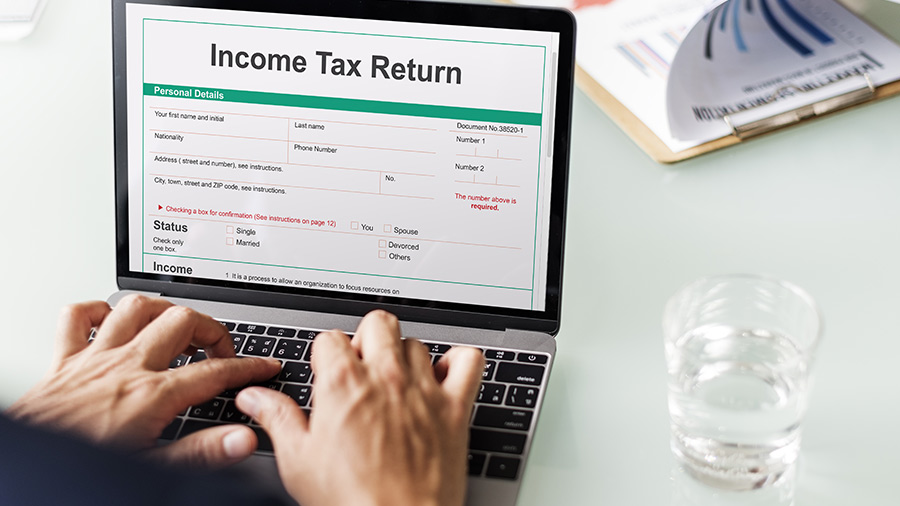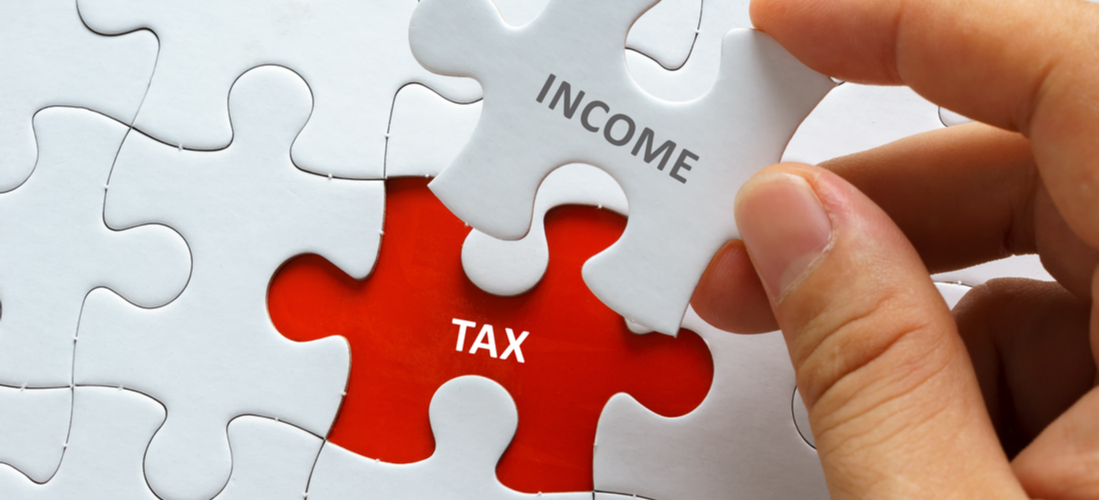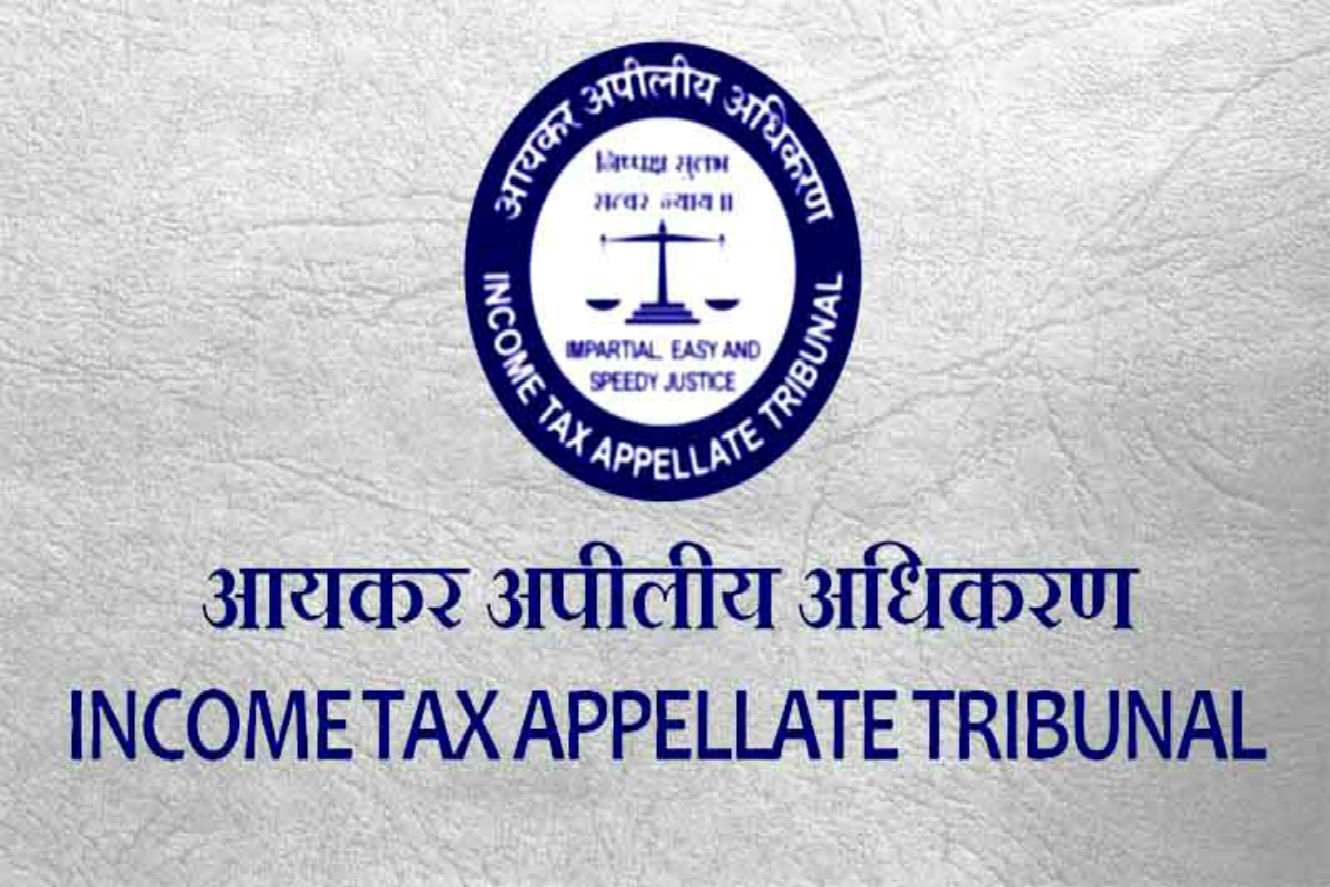Prices of goods increase over time which is referred to as inflation, resulting in a fall in the purchasing power (quantity of goods that one unit of money can buy) of money. Due to inflation what we can buy today with an x amount of money, we would not be able to buy the same after one or two years.
In order to provide relief to a taxpayer who has sold any long-term capital asset, on account of inflation the concept of cost inflation index was introduced wherein while computing long term capital gain instead of deducting cost of acquisition from sale proceeds we deduct indexed cost of acquisition.
Use of Cost Inflation Index (CII) in Income Tax
The cost inflation index is applied to the long-term capital assets, due to which purchase cost increases, resulting in lesser capital gain amount and consequential lesser taxes to benefit taxpayers.
Cost Inflation Index is calculated to match the prices to the inflation rate. In simple words, an increase in the inflation rate over time will lead to a rise in the prices and therefore benefit for such price should be given to taxpayer while arriving at cost of acquisition / improvement to be reduced from sale proceeds to arrive at amount of long term capital gains.
Capital gain arises when the net sale consideration of a capital asset is more than the cost. Since “cost of acquisition” is historical (actual amount spent on purchase/improvement), the concept of indexed cost allows the taxpayer to factor in the impact of inflation on cost. Consequently, a lower amount of capital gains gets to be taxed than if historical cost had been considered in the computations.
Concept of base year in Cost Inflation Index
The base year is the first year of the cost inflation index and has index value as 100. Index of all other years is compared to the base year to see the increase in inflation percentage. For any capital asset purchased before the base year of cost inflation index, taxpayers can take the purchase price as higher of the “actual cost or Fair Market Value (FMV) as on 1st day of the base year. Indexation benefit is applied to the purchase price so calculated. FMV is based on the valuation report of a registered valuer.
CII applicable only on gain on long term capital asset
Any capital asset held by the taxpayer for a period of more than 36 months immediately preceding the date of its transfer will be treated as long-term capital asset.
However, in respect of certain assets like shares (equity or preference) which are listed in a recognised stock exchange in India (listing of shares is not mandatory if transfer of such shares took place on or before July 10, 2014), units of equity oriented mutual funds, listed securities like debentures and Government securities, Units of UTI and Zero Coupon Bonds, the period of
holding to be considered is 12 months instead of 36 months.
Note:
1) With effect from Assessment Year 2018- 19, period of holding to be considered as 24 months instead of 36 months in case of unlisted shares of a company,
2) With effect from A.Y. 2019-20, period of holding to be considered as 24 months instead of 36 months in case of immovable property being land or building or both
Who notifies the Cost Inflation Index
The Central Government specifies the cost inflation index by notifying in the official gazette.
Cost Inflation Index = 75% of the average rise in the Consumer Price Index* (urban) for the immediately preceding year.
*Consumer Price Index compares the current price of a basket of goods and services (which represent the economy) with the cost of the same basket of goods and services in the previous year to calculate the increase in prices.
Recently it has notified the CII for FY 2021-22 as 317. Please refer to table given in succeeding table for the CII of all the years.
What are the current Cost Inflation Index
Initially, 1981-82 was considered as the base year for the Cost Inflation (CII). But, taxpayers were facing hardships in getting the properties valued which were purchased before 1st April 1981. Tax authorities were also finding it difficult to rely on the valuation reports. Hence, the government decided to shift the base year to 2001 in respect of sale of capital assets from 1st April, 2017, so that valuations can be done quickly and accurately. So, for a capital asset purchased before 1st April 2001, taxpayers can take higher of actual cost or FMV as on 1st April 2001 as the purchase price and avail benefit of indexation.
Both set of CIIs are given below for ready reference of our readers:
Cost Inflation Index from FY 1981-82 to FY 2016-17 (For sale of capital asset till 31st March,2017)
| FINANCIAL YEAR | COST INFLATION INDEX |
| 1981-1982 | 100 |
| 1982-1983 | 109 |
| 1983-1984 | 116 |
| 1984-1985 | 125 |
| 1985-1986 | 133 |
| 1986-1987 | 140 |
| 1987-1988 | 150 |
| 1988-1989 | 161 |
| 1989-1990 | 172 |
| 1990-1991 | 182 |
| 1991-1992 | 199 |
| 1992-1993 | 223 |
| 1993-1994 | 244 |
| 1994-1995 | 259 |
| 1995-1996 | 281 |
| 1996-1997 | 305 |
| 1997-1998 | 331 |
| 1998-1999 | 351 |
| 1999-2000 | 389 |
| 2000-2001 | 406 |
| 2001-2002 | 426 |
| 2002-2003 | 447 |
| 2003-2004 | 463 |
| 2004-2005 | 480 |
| 2005-2006 | 497 |
| 2006-2007 | 519 |
| 2007-2008 | 551 |
| 2008-2009 | 582 |
| 2009-2010 | 632 |
| 2010-2011 | 711 |
| 2011-2012 | 785 |
| 2012-2013 | 852 |
| 2013-2014 | 939 |
| 2014-2015 | 1024 |
| 2015-2016 | 1081 |
| 2016-2017 | 1125 |
CII from FY 2001-02 to FY 2020-21 (for sale of capital asset from 1st April, 2017 onwards)
In order to revise the base year for computation of capital gains, section 55 of the Income Tax Act, 1961 was amended vide Finance Act, 2017 so as to provide that the cost of acquisition of an asset acquired before 01.04.2001 shall be allowed to be taken as fair market value as on 1st April, 2001 and the cost of improvement shall include only those capital expenses which are incurred after 01.04.2001. Cost inflation index for Long Term Capital Assets sold after 01.04.2017 as notified by CBDT Notification No. 44/2017 dated 05.06.2017–
| Financial Year | Cost Inflation Index (CII) |
| 2001-02 (Base year) | 100 |
| 2002-03 | 105 |
| 2003-04 | 109 |
| 2004-05 | 113 |
| 2005-06 | 117 |
| 2006-07 | 122 |
| 2007-08 | 129 |
| 2008-09 | 137 |
| 2009-10 | 148 |
| 2010-11 | 167 |
| 2011-12 | 184 |
| 2012-13 | 200 |
| 2013-14 | 220 |
| 2014-15 | 240 |
| 2015-16 | 254 |
| 2016-17 | 264 |
| 2017-18 | 272 |
| 2018-19 | 280 |
| 2019-20 | 289 |
| 2020-21 | 301 |
| 2021-22 | 317 |
How is indexation benefit applied to long-term capital assets
When the indexation benefit is applied to “Cost of Acquisition” (purchase price) of the capital asset, it becomes “Indexed Cost of Acquisition”.


Important points to Note
- In case of property received in the will, CII has to be taken for the year in which the property is received. Actual purchase year of the property has to be ignored.
- Ignore the improvement cost incurred before 1st April 2001 as anyways you will take fair value which will in a way include the value of improvements.
- Index benefit is not allowed in case of bonds or debentures except capital indexation bonds or sovereign gold bonds issued by RBI.
Practical Illustrations
Case 1: Sana purchased a flat in FY 2001-02 for Rs. 10,00,000. She sells the flat in FY 2021-22. What will be the indexed cost of acquisition?
In this case, CII for the year 2001-02 and 2021-22 is 100 and 317 respectively.
Hence, the indexed cost of acquisition = 10,00,000 x 317/100 = Rs. 31,70,000
Case 2: Anurag purchased a capital asset in FY 1995-1996 for Rs. 2,00,000. FMV of the capital asset on 1st April 2001 was Rs. 3,50,000. He sells the asset in FY 2020-21.What is the indexed cost of acquisition?
Here, the asset is purchased before the base year.
Hence the cost of acquisition = Higher of actual cost or FMV on 1st April 2001. i.e. cost of acquisition = Rs. 3,50,000.
CII for the year 2001-02 and 2020-21 is 100 and 301 respectively.
Indexed cost of acquisition = 3,50,000 x 301/100 = Rs. 10,53,500
Case 3: Sandeep has purchased equity shares of Rs. 1,00,000 on 1st March 2015 and sells the shares on 1st April 2020. What will be the indexed cost of acquisition?
CII for the year of purchase FY 2014-15 is 240 and
for the year of sale 2020-21 is 301
Hence, indexed cost of acquisition = Rs. 1,00,000 x 301/240 = Rs. 1,25,416
***
Follow us for free tax updates : facebook Twitter
Subscribe our portal and get FREE Tax e-books , quality articles and updates on your e-mail.
Resolve your GST queries from national level experts on GST free of cost.
Frah Saeed is a law graduate specializing in the core field of indirect taxes and is the Co-founder of taxwallah.com. She has authored many publications on GST and is into full-time consultancy on GST to big corporates. She as a part of taxwallah.com heads a team comprising of Chartered Accountants and Advocates and plays a key role in our mission to disseminate GST knowledge to all.




